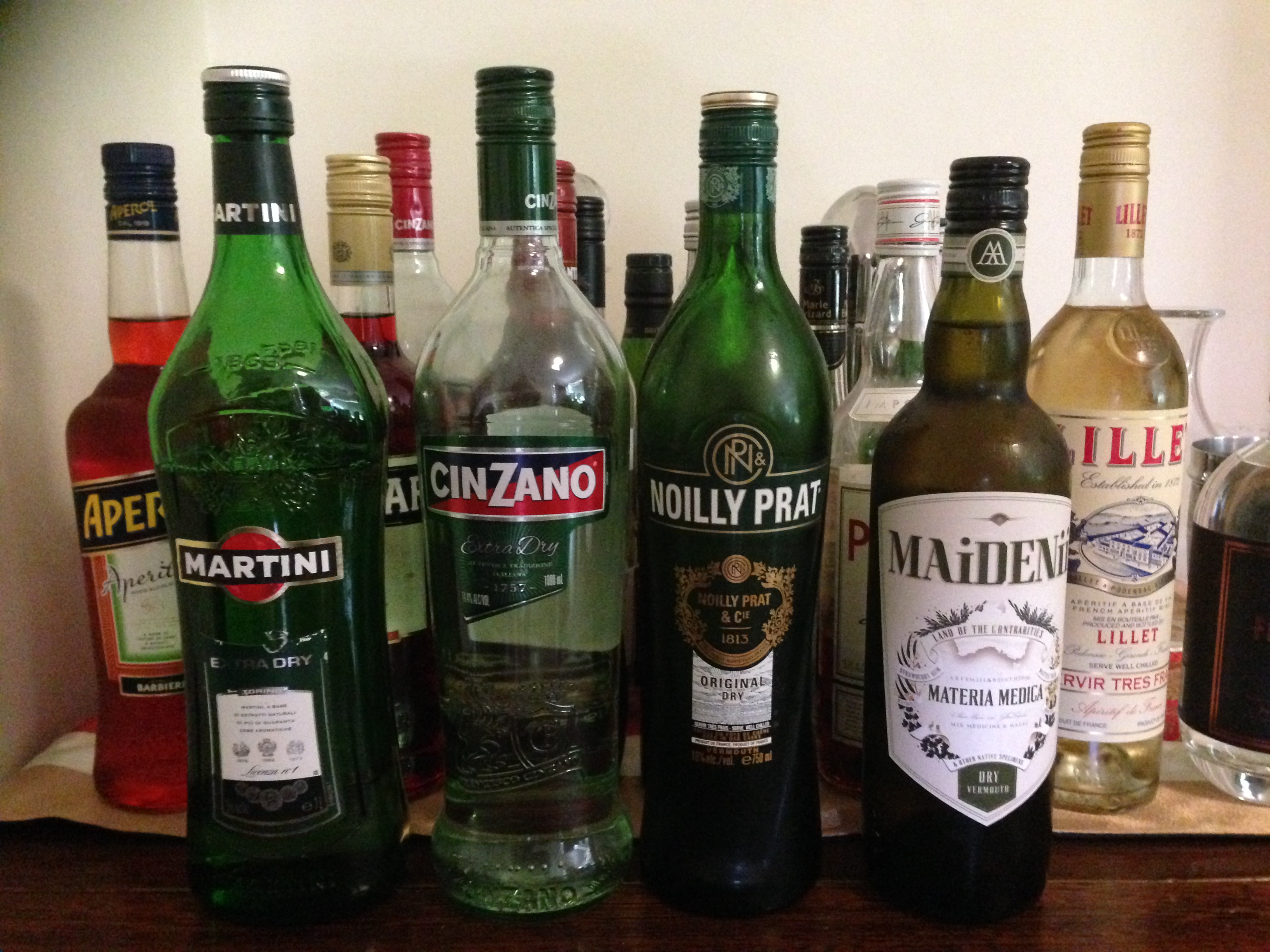I have a predisposed fascination for useless pieces of information. Obscure facts and conjectures which I collect and carefully shelve, only to occasionally pick back up and re-examine, with no hard intention of implementing action. Sometimes to know is enough.
To that end, here are some scraps of trivia in regards to egg tempera and tempera grassa painting, with respect to the Italo-Russo-Byzantine traditions.
There are many varying recipes, but consensus for a working egg tempera formula averages out to a mixture of separated egg yolk (farm fresh is always better), vinegar (white, others more or less acceptable), and de-ionized/distilled water (don't fuss if you don't have it, whatever you have is probably fine).
A higher vinegar content makes for a "drier" paint, less makes for an oilier and shinier paint.
A Russian icon painter years ago on the WetCanvas forums recommended an alcohol substitution for the vinegar, namely dry white wine, vermouth, or vodka.
 |
| A pox on those who say you shouldn't drink your painting supplies - try the Lillet Blanc with turpentine for a homely nightcap or as a slimming meal replacement drink. |
The use of a vinegar or alcohol agent acidifies the solution, stabilizing and prolonging the yolk.
There are further amendments to convert you egg tempera into tempera grassa, the controversial, hybridized bastard child of egg tempera and oil painting.
Should you choose to do so, add a drying oil incrementally until a satisfactory medium is achieved. The standard is linseed, safflower will yield a clearer but slower drying medium, and clove dries even faster but is more like an accelerant than an extender. Damar resin can also be incorporated to adjust sheen and surface.
Drops of lead napthanate can also accelerate drying, but it is falling out of fashion, perhaps cobalt siccatives would similarly suffice. A more contemporary drying medium can be found in alkyd resins as well, though it is less extensively tested.
| Elena Vladimir Baranoff, “Our Lady of Vladimir,” 11 x 14 inches, egg tempera, n.d. Eastern Orthodox icon painting carries a whole host of procedural rites, and in older paintings the individual layers and directions can represent spiritual aspects. |
Egg painting is still currently practiced, obviously much more nichely now. The endurance of it speaks to an art form that demands exacting precision and material knowledge. A significant portion of modern egg tempera practitioners work in spiritual art, and in a way this paint requires a certain degree of faith. Belief in its visual effect, and adherence to its processes.
For the rest of us heathens, there used to be an excellent article by Daniel Smith floating around out there, to make your own facsimile you can start with watercolor paint and added egg yolk.
Further reading:
Ta
No comments:
Post a Comment